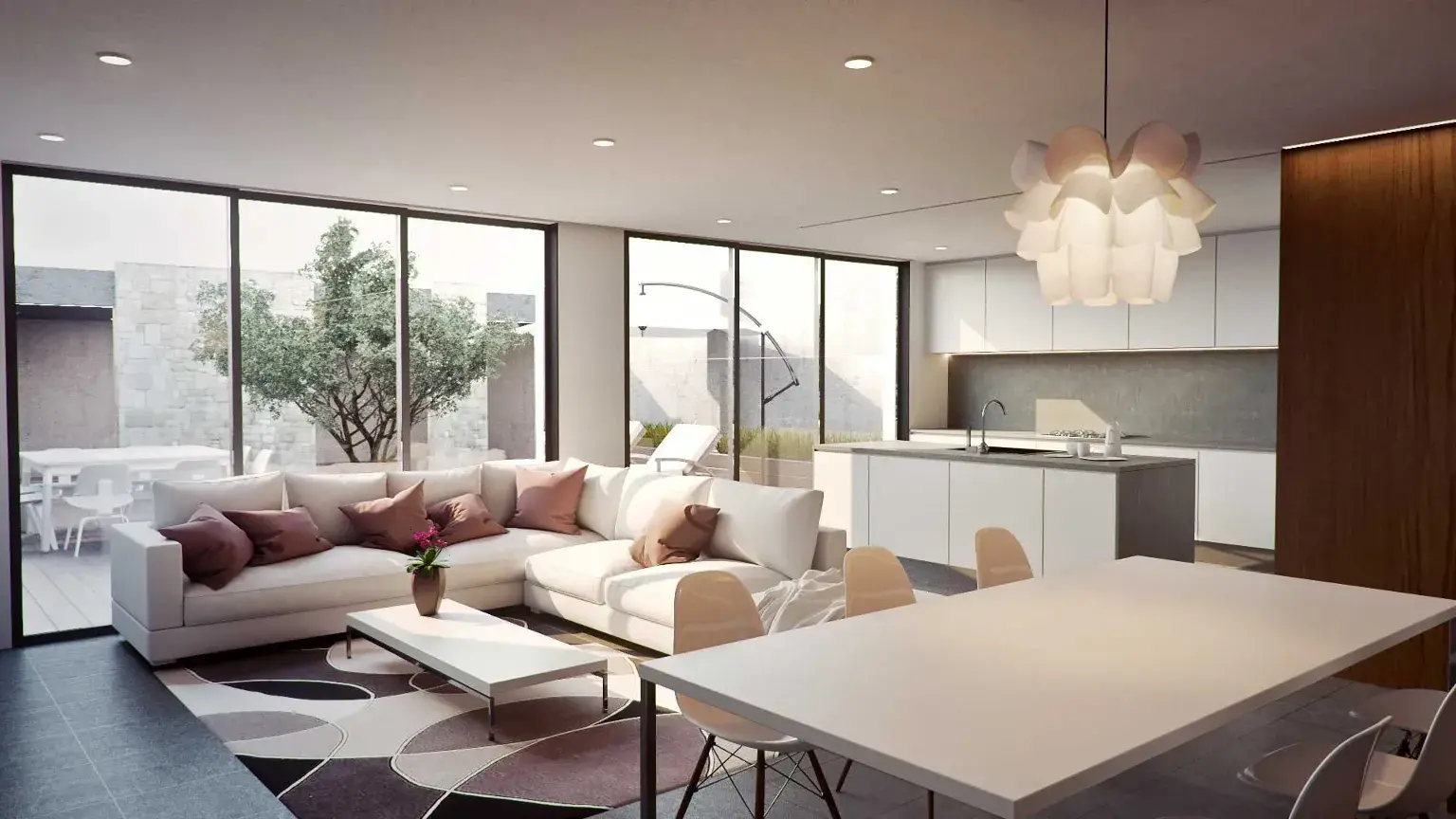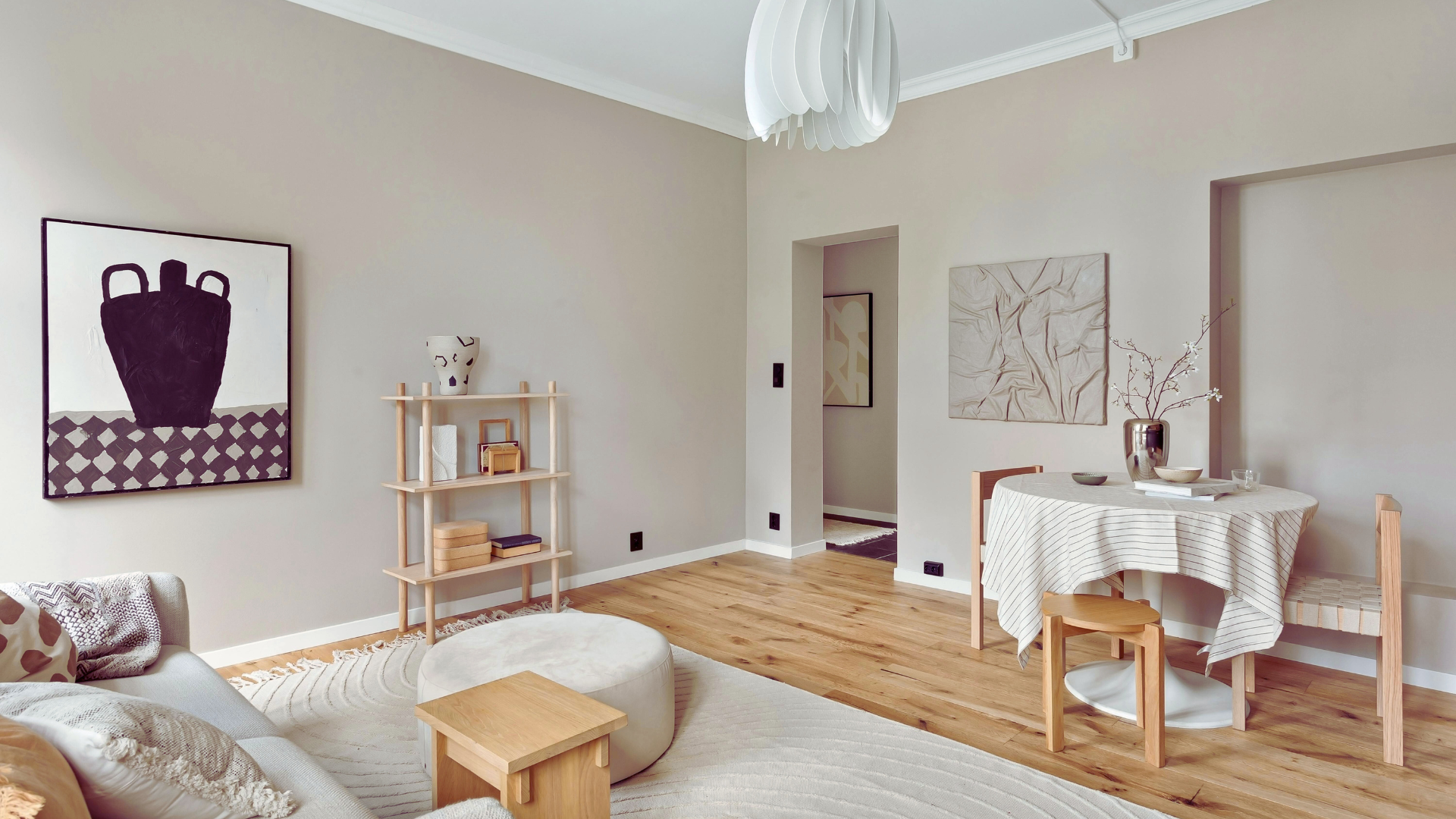Neutral colors offer a timeless appeal but can sometimes evoke a sense of blandness. To avoid this, it’s essential to incorporate texture, varying shades, and strategic accents that enhance depth and interest. By thoughtfully layering materials and embracing diversity within the neutral palette, a space can feel inviting and dynamic.
Incorporating elements like patterns through textiles or artwork can also breathe life into a neutral setting. Utilizing varying finishes, such as matte and glossy, plays a crucial role in creating visual intrigue. This approach prevents the space from feeling flat or monotonous.
Another effective technique involves the careful selection of furniture and accessories. Choosing pieces with unique silhouettes or finishes can serve as focal points that stand out against neutral backdrops. Ultimately, the combination of these strategies allows for a beautifully curated space that feels far from boring.
Understanding Neutrals: Foundations of Neutral Color Decorating
Neutral colors serve as a strategic base in home decorating, creating a calm environment without overwhelming visual appeal. By knowing their characteristics and psychological impact, individuals can enhance their spaces while keeping them engaging.
What Are Neutral Colors
Neutral colors include a range of shades that are not easily categorized into warm or cool tones. Common examples are whites, grays, beiges, and taupes. These colors create a backdrop that allows other elements in a room to stand out.
Neutrals can also encompass deeper shades like charcoal and navy. These tones contribute to a sophisticated palette while still maintaining the versatility of neutral colors. They can harmonize with both vibrant and more subdued shades, offering maximum flexibility in design.
Psychology and Versatility of Neutrals
The choice of neutral colors affects the mood and perception of a space. They are often associated with feelings of calmness, balance, and serenity. This makes them ideal for environments where relaxation is desired, such as bedrooms and living areas.
Furthermore, neutrals offer incredible versatility. They can be layered with various textures and materials, from soft linens to sleek metals. This layering creates depth and interest without resorting to colors that might feel overwhelming.
In essence, neutrals provide a foundation that allows for personal expression through furnishings, accessories, and art. This adaptability makes them essential in any decorating scheme.
Layering Tones and Textures for Visual Interest
Layering tones and textures can elevate a neutral color palette, adding depth and richness to a space. By thoughtfully combining different shades and materials, one can create an inviting atmosphere that avoids monotony.
Mixing Warm and Cool Neutrals
Warm neutrals, such as beige and taupe, can be balanced with cool neutrals like greys and soft whites. This mix creates a visually appealing contrast that prevents a flat appearance.
Examples of Warm Neutrals:
- Beige
- Taupe
- Sand
Examples of Cool Neutrals:
- Grey
- Crisp white
- Soft blue
Pairing warm walls with cool accents, such as furniture or artwork, establishes a harmonious balance. Accessories like cushions or throws in a mix of warm and cool tones can tie the room together. This strategy enhances visual interest by creating areas for the eye to focus.
Incorporating Textures and Patterns
Adding various textures is vital to creating depth within a neutral color scheme. Combining materials like wood, metal, and fabric introduces tactile richness.
Textured Elements to Consider:
- Linen or cotton fabrics
- Woven baskets
- Metallic decor
Patterns can also play a significant role. Subtle patterns, such as herringbone or geometric designs, incorporated in rugs or curtains, bring life to neutral spaces.
Using a combination of smooth and rough textures can also create visual contrast. Items like a plush sofa paired with a wooden coffee table provide a dynamic interplay through layering textures. This thoughtful approach enhances the sophistication of the overall decor, ensuring it remains anything but boring.
Balancing Neutrals with Statement Pieces
Incorporating statement pieces can elevate a neutral color scheme and create visual interest. By thoughtfully adding accent colors and selecting unique furniture, one can achieve a dynamic and inviting space.
Adding Accent Colors and Focal Points
Accent colors play a crucial role in preventing a neutral palette from appearing dull. A bold piece of artwork, vibrant throw pillows, or a striking rug can serve as focal points that draw attention.
Consider a pop of color in unexpected places, such as a bright vase or a colorful chair. These accents provide contrast without overwhelming the tranquility of neutral shades. Using a limited color palette, such as two or three standout colors, maintains cohesion.
Additionally, natural elements like plants or flowers introduce life and warmth. They can complement neutral tones and add texture, which enhances visual appeal.
Selecting Unique Furniture and Decor
Unique furniture pieces can transform a neutral room into a standout space. Choosing items with distinctive shapes, textures, or finishes adds character without relying solely on color.
For instance, a sculptural coffee table or an oversized floor lamp can serve as conversation starters. Materials like wood, metal, or glass offer various visual elements that complement neutral tones.
Personal artifacts or vintage finds can also provide depth. Displaying a curated selection of decor further personalizes the space, allowing one to showcase individual style while keeping the base palette neutral.
Styling Tips for a Dynamic Neutral Space
Creating a vibrant neutral space involves utilizing natural light effectively and making seasonal updates. These strategies enhance the living environment, ensuring it remains dynamic and inviting.
Using Natural Light and Finishes
Incorporating natural light can elevate a neutral space significantly. Large windows or sheer curtains allow sunlight to fill the room, creating warmth and dimension.
Pairing neutral tones with diverse finishes adds depth. Consider mixing matte with glossy surfaces or incorporating textured elements like linen or wool. A smooth, light-colored sofa alongside a rough-hewn wooden coffee table creates visual interest.
Using mirrors strategically can enhance light distribution. Place a large mirror opposite a window to reflect natural light throughout the room. This technique amplifies brightness and can make the space appear larger.
Seasonal Updates for Year-Round Appeal
Refreshing decor seasonally keeps a neutral space lively. Simple changes, such as swapping throw pillows or adding seasonal artwork, can have a significant impact.
In spring and summer, light fabrics in soft pastels can bring a fresh feel. Autumn and winter benefit from deeper, richer tones like burnt orange or navy.
Incorporating greenery also adds a lively touch. Seasonal plants or flowers inject color and life, enhancing the neutral palette. A well-placed pot or vase contributes to visual dynamics.
Rotate decorative items, such as candles and centerpieces, to create a new focal point. These small adjustments maintain interest throughout the year without overwhelming the neutral base.


